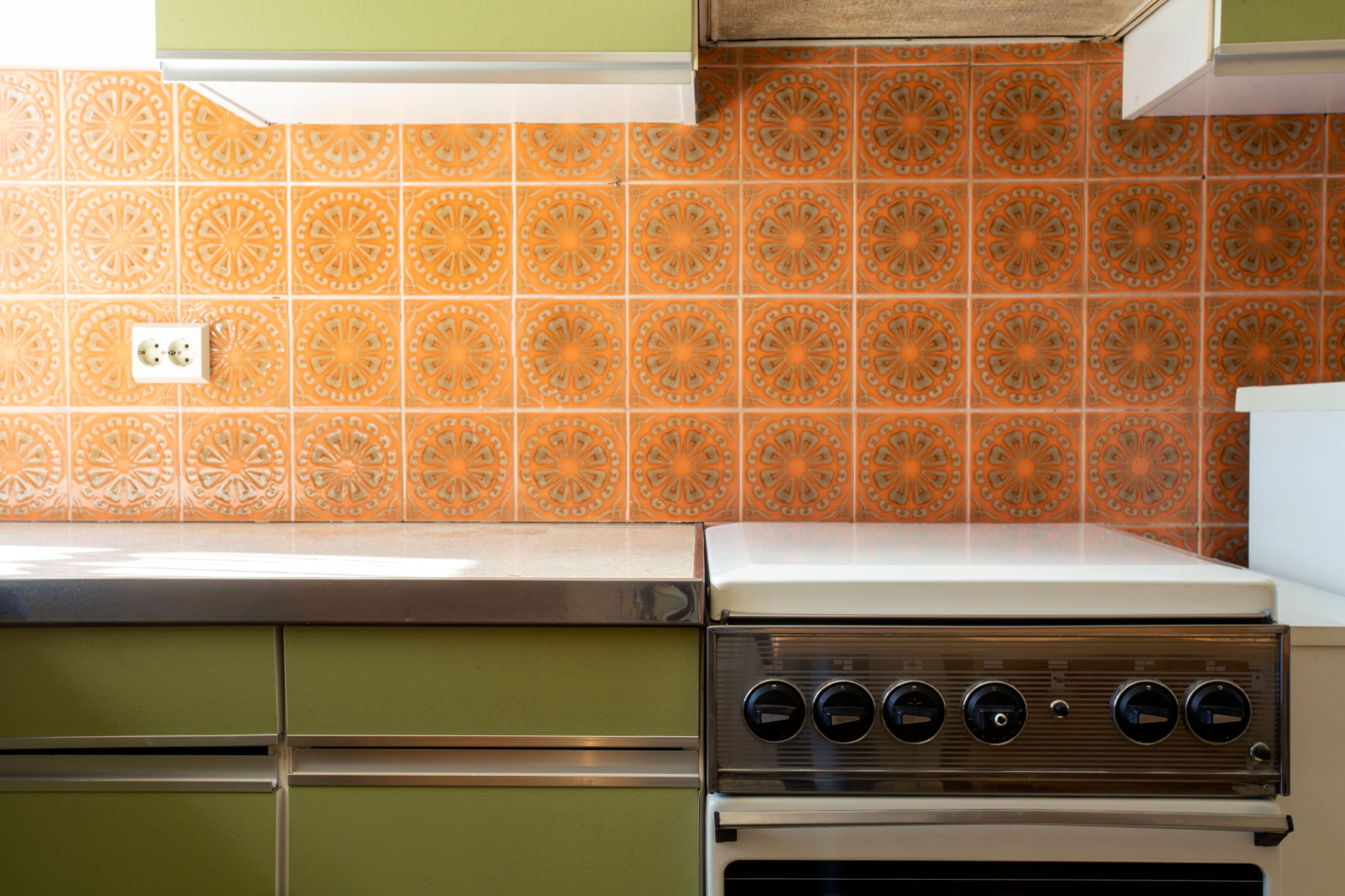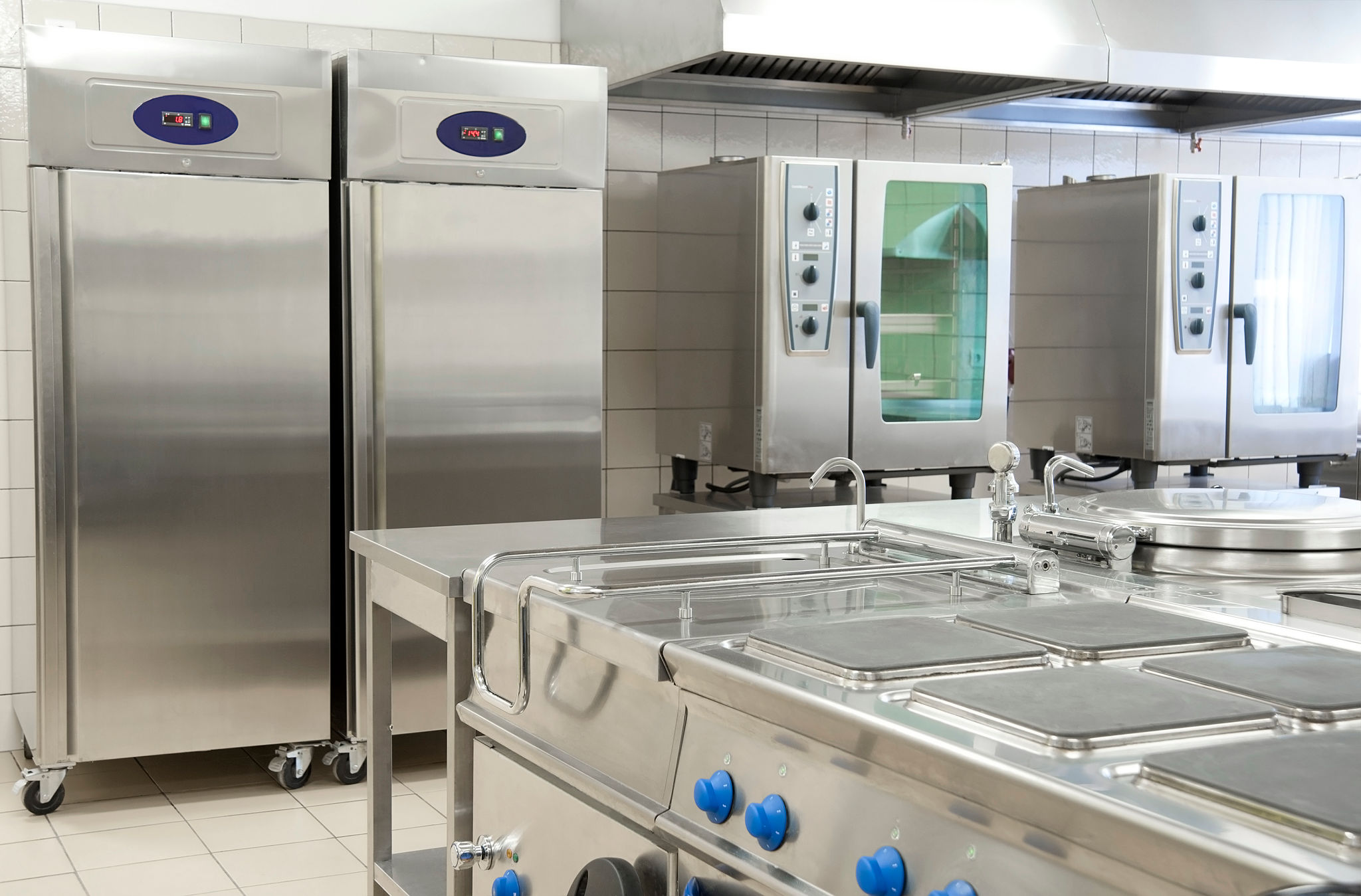How to Recreate Vintage Recipes with Modern Kitchen Tools
Embracing the Past with a Modern Twist
There's a certain charm and nostalgia associated with vintage recipes. Whether it's your grandmother's secret pie recipe or a classic stew from an old cookbook, these dishes offer a taste of the past. However, many of these recipes were crafted in a time when modern kitchen appliances weren't available. Fortunately, with today's technology, you can recreate these culinary treasures with ease and efficiency.
Modern kitchen tools not only simplify the cooking process but often enhance the flavors and textures of these traditional dishes. By understanding the functions of these tools, you can adapt vintage recipes to suit contemporary cooking methods while retaining their original essence.

Translating Old Techniques with New Tools
Understanding the Recipe's Intent
The first step in recreating vintage recipes is to understand the original cooking techniques and the intent behind them. Older recipes often rely on descriptions rather than precise measurements or temperatures, as was common in a time before standardized units. Take note of sensory indicators such as "until golden brown" or "simmer until fragrant" to guide your use of modern appliances.
Utilizing Kitchen Appliances
Modern kitchen tools like slow cookers, stand mixers, and food processors can significantly cut down preparation time while maintaining the integrity of traditional recipes. For example, a stand mixer can replicate the labor-intensive task of kneading dough, ensuring consistent results with less effort. Similarly, a slow cooker can emulate the slow braising process that was often done over an open flame or in a wood-burning oven.

Adapting Ingredients for Today's Kitchen
Finding Suitable Substitutes
Many vintage recipes call for ingredients that may be hard to find today or have become obsolete. Fortunately, there are often modern substitutes that can be used without compromising flavor. For instance, if a recipe calls for lard, you can opt for butter or vegetable shortening. When substituting ingredients, consider both flavor and texture to stay true to the original recipe.
Incorporating Fresh Elements
While staying true to the original recipe is important, don't hesitate to incorporate fresh elements that reflect modern palettes. Fresh herbs, spices, or a dash of citrus can brighten up a classic dish, adding depth and complexity. This approach allows you to personalize vintage recipes while still honoring their roots.

Perfecting Presentation with Modern Tools
In addition to flavor, presentation plays an essential role in how we experience food. Vintage recipes often focus on taste, with little emphasis on aesthetics. However, with tools like mandolines and spiralizers, you can elevate the presentation of these dishes by adding intricate shapes and textures. These tools allow you to turn simple vegetables into visually stunning garnishes that enhance the overall appeal of your culinary creations.
The marriage of vintage recipes and modern kitchen tools not only brings the past to life but also enriches our culinary experiences. By blending tradition with innovation, you can enjoy both the comfort of nostalgia and the excitement of contemporary cuisine. So dust off those old cookbooks and give your favorite vintage recipes a modern makeover.